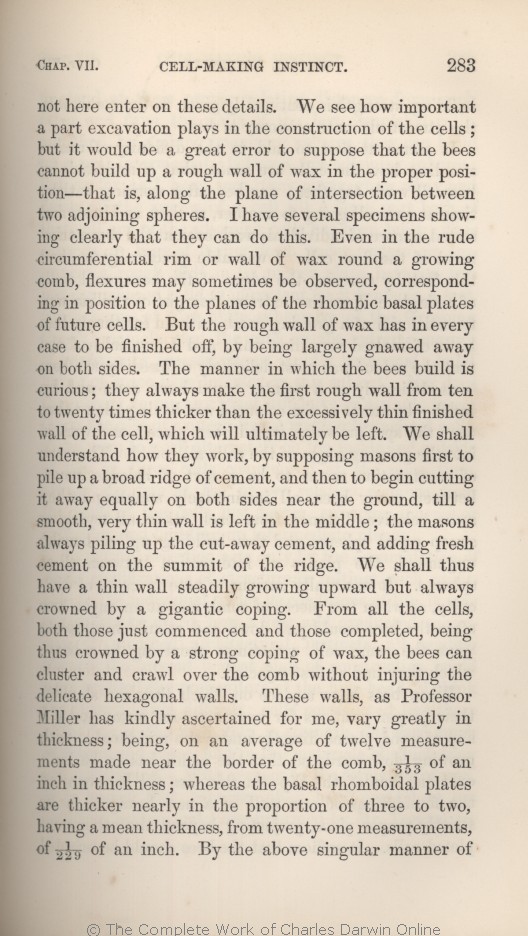not here enter on
these | these 1859 1860 1861 1866 1869 | these 1872 |
| showing 1859 1860 1861 1869 1872 | | show- ing 1866 |
| cement 1869 1872 | | cement, 1859 1860 1861 1866 |
| upward 1869 1872 | | upward; 1859 1860 1861 1866 |
| walls. 1861 1866 1869 1872 | | walls, 1859 1860 |
| ..... 1861 1866 1869 1872 | | which 1859 1860 |
| ..... 1861 1866 1869 1872 | | are 1859 1860 |
| ..... 1861 1866 1869 1872 | | only 1859 1860 |
| ..... 1861 1866 1869 1872 | | about 1859 1860 |
| ..... 1861 1866 1869 1872 | | one 1859 1860 |
| ..... 1861 1866 1869 1872 | | four-hundredth 1859 1860 |
| ..... 1861 1866 1869 1872 | | of 1859 1860 |
| ..... 1861 1866 1869 1872 | | an 1859 1860 |
| ..... 1861 1866 1869 1872 | | inch 1859 1860 |
| ..... 1861 1866 1869 1872 | | in 1859 1860 |
| ..... 1861 1866 1869 1872 | | thickness; 1859 1860 |
| ..... 1861 1866 1869 1872 | | the 1859 1860 |
| ..... 1861 1866 1869 1872 | | plates 1859 1860 |
| ..... 1861 1866 1869 1872 | | of 1859 1860 |
| ..... 1861 1866 1869 1872 | | the 1859 1860 |
| ..... 1861 1866 1869 1872 | | pyramidal 1859 1860 |
| ..... 1861 1866 1869 1872 | | basis 1859 1860 |
| ..... 1861 1866 1869 1872 | | being 1859 1860 |
| ..... 1861 1866 1869 1872 | | about 1859 1860 |
| ..... 1861 1866 1869 1872 | | twice 1859 1860 |
| ..... 1861 1866 1869 1872 | | as 1859 1860 |
| ..... 1861 1866 1869 1872 | | thick. 1859 1860 |
| thicker 1861 1866 1869 | | thicker, 1872 |
| the above 1861 1866 1869 1872 | | this 1859 1860 |
|









